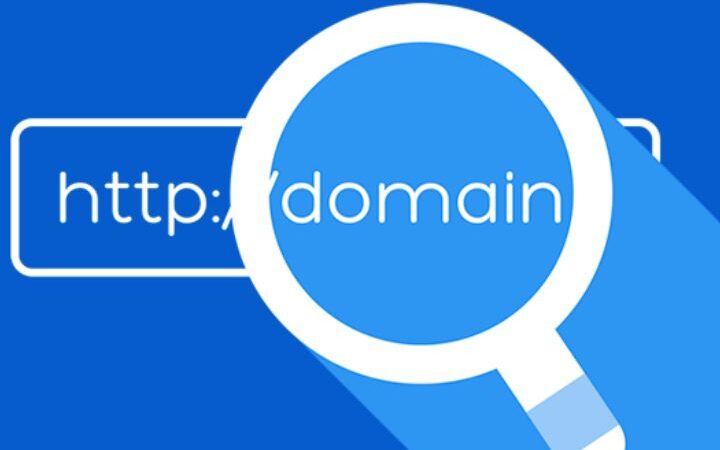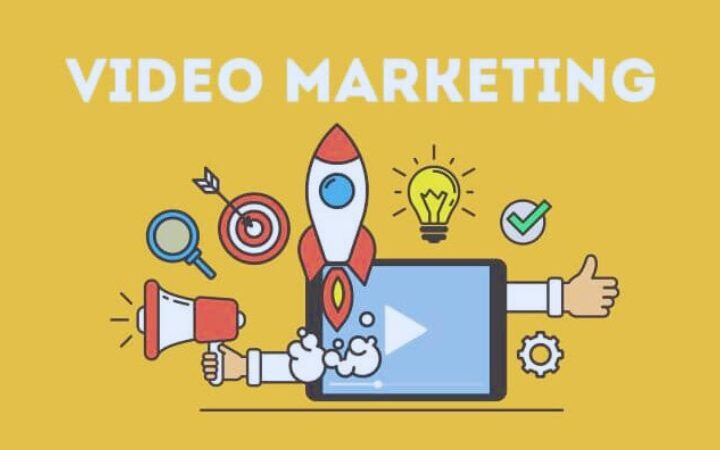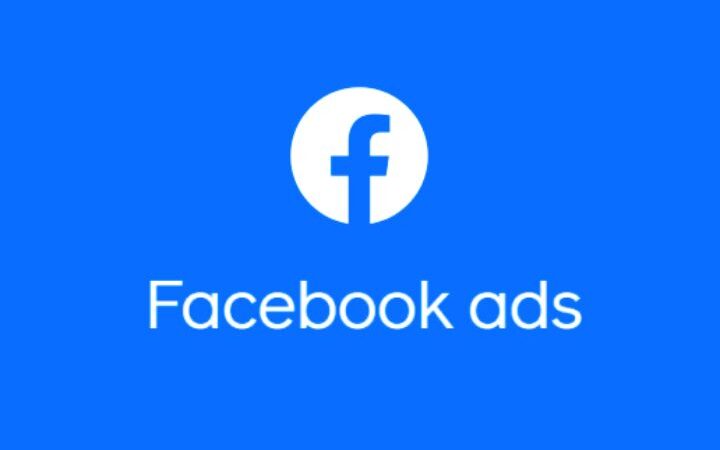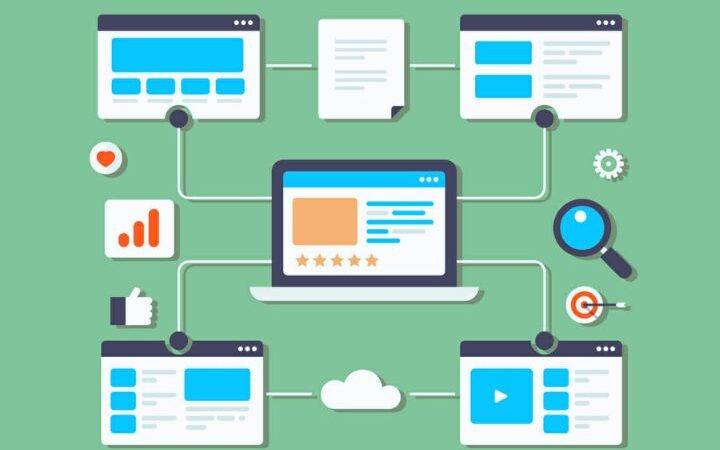Marketing Budget: 7 Steps To Define It And Main Aspects

Marketing Budget: Marketing is one of a company’s most significant investments, and as such, it can account for a significant portion of its annual expenses.
To correctly manage this expense and guarantee that we are obtaining a return on investment, it is essential to prepare a marketing budget, since only then can we know if our actions are giving results.
To help you in this task, we are going to see what exactly a digital marketing budget is, what sections it should include and how to prepare it step by step.
Table of Contents
What Is A Digital Marketing Budget And What Is It For?
A document called the digital marketing budget lists every dollar the business plans to spend on marketing initiatives throughout the course of a marketing campaign.
The budget must include the expenses necessary to implement the different digital marketing strategies that we have defined for our business, such as search engine advertising, content creation, SEO and much more. The goal is to be able to properly plan, prioritize the various costs, and determine the return on investment.
There are many reasons to create a digital marketing budget, such as:
- Control the company’s marketing costs. The marketing budget allows you to easily break down the total costs and by items and to be able to take action if the expense exceeds what was planned.
- Clearly set objectives in terms of return on investment. Spending in different areas will be allocated based on business priorities and the results we hope to achieve, giving us a much clearer view of how our marketing is working.
- Prioritize the budget allocated to different actions. As we will see later, there are many areas of spending to which we can allocate the digital marketing budget. Stopping to prepare the budget will help us prioritize the spending allocated to one or the other depending on our objectives.
- Evaluate the return on investment of each action. Having a complete breakdown of costs makes it possible to later compare them with the results of each action and identify which areas provide the greatest ROI.
- Plan for the long term. The digital marketing budget refers to a specific period (normally a quarter or a year), so it makes us specify what actions we are going to carry out and better organize the work of the marketing department.
- Have a reference history. Budgets from previous years can serve as a guide to evaluate the results and introduce the necessary changes without having to rethink everything from scratch, in addition to helping us understand how the company’s marketing spending is evolving.
7 Steps To Prepare Your Digital Marketing Budget
1) Know your target audience
In order to face the challenge of defining your budget, you first need to know well what your project is like and who it is aimed at.
If you haven’t done so yet, it’s time to sit down and create your ideal buyer persona or customer profile. You should also be very clear about what the customer journey is like. And finally, you should assess the current situation of your company’s digital presence.
With all this data, you will be able to better identify which channels and actions you should invest in.
2) Do the numbers
The first step in preparing a digital marketing budget is to estimate the gross income for the period to be budgeted, based on previous results and the marketing department’s estimates.
Based on this amount, we will decide the percentage allocated to marketing, which will depend on the company’s situation. As a general guideline, it is recommended that new companies allocate between 12 and 20% of their gross income to marketing, while established companies should dedicate between 6 and 12%.
Finally, we would like to know what percentage of this investment we are going to dedicate to digital marketing and how much to more traditional media. Here we must assess the situation of our sector and our company in particular; in some cases, a considerable amount will still have to be allocated to traditional marketing, while other companies operate 100% digitally.
3) Set a return percentage
Based on the forecasts mentioned above, we have to know what benefits we hope to obtain with the different marketing actions to set specific objectives. In this step it can be very useful to review previous budgets to see which items we want to increase or decrease.
4) Define the objectives
The figures that we have defined in the previous sections will serve as guidance to precisely set marketing objectives in the short, medium and long term.
When setting goals, I always recommend using the acronym “SMART”:
Specific: objectives must be detailed and concrete to be useful.
Attainable: we must set realistic objectives that are challenging but not out of the reach of our team.
Time-bound (with deadline): the objectives must be defined in time and have a deadline for their achievement.
5) Determine the strategies
You already know what you want and where you are starting from, so the time has come to define what the path to follow will be to achieve the desired results.
Within digital marketing there are many possible strategies; in the next section we explain some of the most frequent ones and what their associated expenses are. In this step we will evaluate the different options we have and choose the ones that best adapt to the needs of our brand.
6) Estimate expenses
In this step we will get into the matter, preparing a breakdown of the estimated expenditure of each of the strategies. In the next section we give some examples of the most common costs within the digital marketing budget.
This will be the time to adjust and distribute the allocated amount between different items, also taking into account possible personnel expenses. At times, we may have to reprioritize strategies and actions to fit within the available budget.
7) Allocate an amount for unforeseen events
Creating a marketing budget helps us plan for the long term, but we must never forget that there may be circumstances that are beyond our control (as 2020 reminded us…).
Therefore, the digital marketing budget should always include an amount intended for unforeseen events, for example, a public relations action to deal with a reputation crisis, an opportunity that we do not want to miss or extra training for your team in a company. New technology.
How To Distribute The Digital Marketing Budget
Finally, let’s quickly see what the 5 main spending areas of a digital marketing budget are and the possible costs of each of them.
1) Web design
The website is the “operations center” of our digital marketing strategy, so it makes sense that it would also be one of the main areas of budget focus.
The digital marketing budget should cover not just the original development of your website but also ongoing costs like domain registration, hosting, and upkeep, as well as design enhancements and the addition of new sections or content.
As for the expenses in this section, the domain is around €10 per year and the hosting is around €100 per month, although it depends on the capacity. The design of a basic website can be around 500 euros, although it can go up much more depending on the customization. We will also have to take into account the design of the visual elements of the website and the creation of texts.
2) Organic positioning (SEO)
Here the expense will be concentrated above all in these sections:
Paid SEO tools, if necessary.
Content creation (between 30 and 80 euros per article).
On page and off page SEO carried out by professionals (between 40 and 200 euros per hour).
3) Pay per Click (PPC) Advertising
In this section we include both paid search engine advertising (SEM), as well as social ads and display ads. All of them contribute to increasing the visibility of your brand and generating leads and conversions.
This section’s budget for digital marketing has a lot of room for flexibility. The minimum budgets of the different PPC platforms are only a few euros per day, but the more we raise them, the faster we will obtain results.
4) Social media marketing
Using social media marketing to reach your target audience, promote participation, build a community, and drive traffic to your website may be quite effective.
As it is an organic channel, social networks do not have a basic cost, but we must have the necessary resources to create copies and images and assess whether we want to use the services of a professional social media manager.
5) Email marketing
Email marketing is one of the channels with the highest ROI, so it is a very good idea to have it in your marketing budget.
Remember that you will require email marketing software while you are keeping track of your spending. If you are starting out and have a limited number of contacts you can find tools for 10-15 euros per month or even free, but the costs rise as the database grows.
Also read : Cryptonewzhub.com internet






